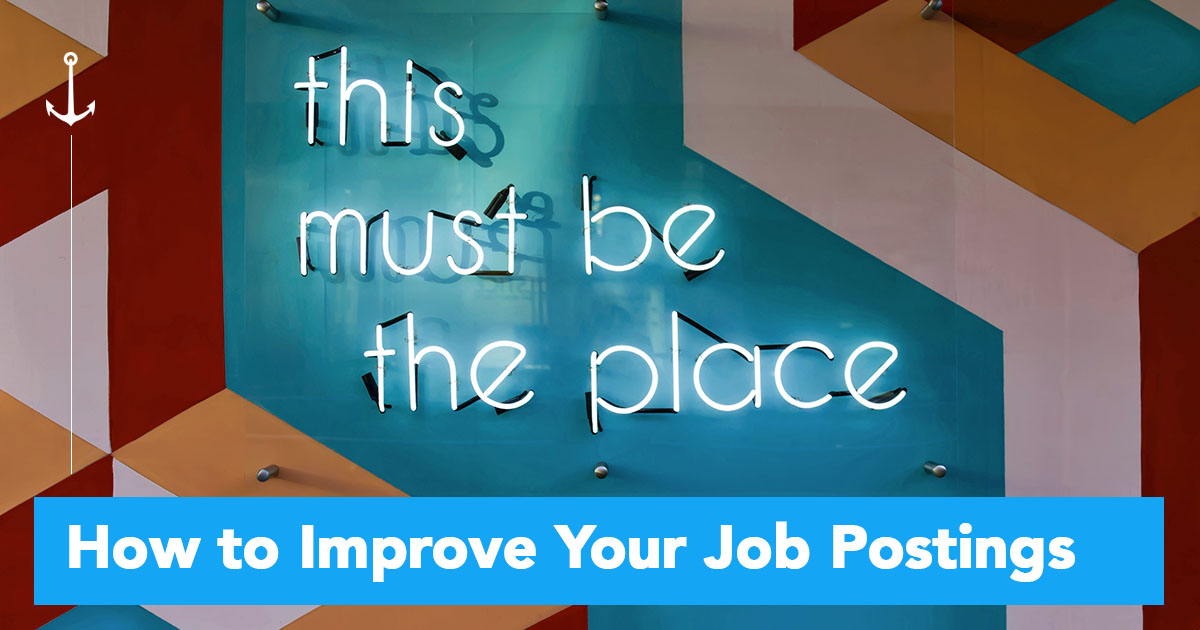Temporary workers play a significant role in certain businesses. Especially with employers in industries that heavily rely on strong holiday season sales, the performance of temporary workers also is critical to customer service satisfaction. However, how do you know whether or not hiring temporary workers is truly advantageous to your business?


.jpg)
.png)
.png)
.png)
.png)

.png)


